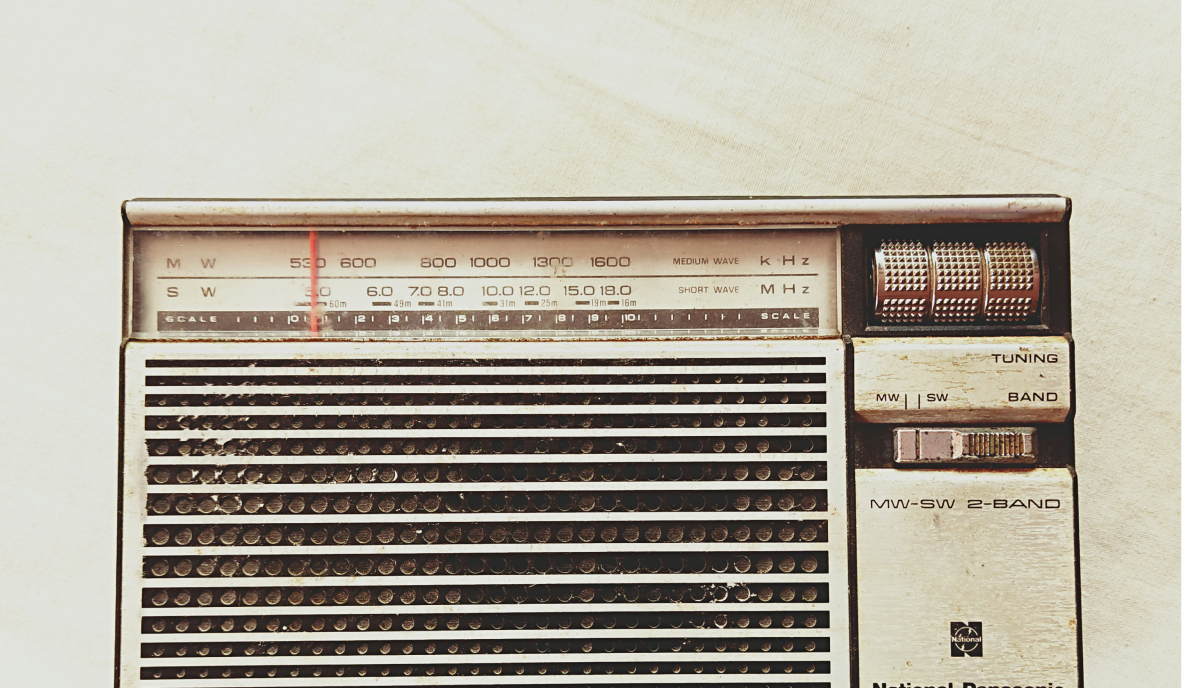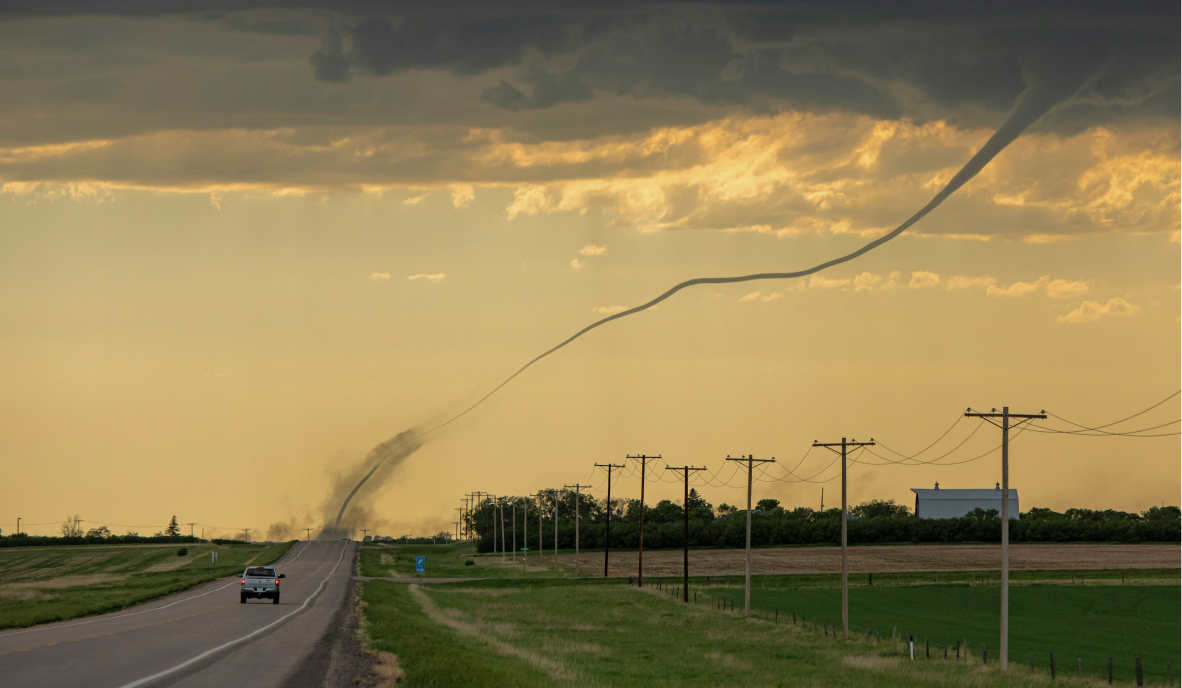Add This Weather Radio To Your Emergency Kit

Join the community





“Test Your NOAA Weather Radio. It could save your life” — that’s the message that you will see front and center on the National Weather Service’s website. But what exactly is a NOAA weather radio, and do we need one in the age of smartphones and smartwatches?
Well, during hazardous weather conditions, like the severe floods that happened in Texas in July 2025, regular connectivity services like cell reception and internet connection are broken. This means you might not receive timely warnings about impending disasters. So we need more reliable methods to stay informed during severe weather events.
NOAA weather radios are exactly that. They provide localized, official updates during severe weather conditions, even if you have no power or cell service.
What is NOAA Weather Radio?
Local offices of the National Weather Service in the U.S. continuously broadcast weather information every 3-5 minutes. This includes weather forecasts, warnings, current conditions, and climate data. This highly localized information is broadcast on these seven frequencies (MHz):
- 162.400
- 162.425
- 162.450
- 162.475
- 162.500
- 162.525
- 162.550
To receive messages through these frequencies, you need to have a special radio receiver or scanner capable of picking up the signal. These receivers are known as NOAA Weather Radios. These are equipped with SAME, which stands for Specific Area Message Encoder. The SAME system allows you to select a specific county or counties that you would like to be alerted for.
These radios are available online, in local radio shops, in hardware stores, or even secondhand on sites like eBay. They can cost anywhere between $30-100. It’s a small investment that can be a lifesaver during severe weather events, where every minute counts.
If hazardous weather is expected to impact your area at night, the weather radio will alert and awaken you to the warning. It comes with loud alarms and flashing lights. Make sure you keep it on all the time.
How to Set up a NOAA Weather Radio
NOAA weather radios are either hand-cranked, solar-powered powered or battery-operated. To reduce dependence on any power source during a disaster, you can opt for the hand-crank models. If you choose the battery-powered one, make sure you have extra batteries on hand.
It’s important to take a few minutes to set up your weather radio to ensure you’re getting updates most relevant to your area. Here’s how:
- After you have inserted the batteries or hand-cranked the radio, select your preferred language (English or Spanish mostly).
- Search and select for your county or counties.
- Set the time.
- Choose the correct frequency for your area.
You can also adjust the types of alerts you wish to receive and the alert volume. When a severe weather event happens in your selected county, the radio will activate with a tone and broadcast the relevant weather information.







.jpg)




